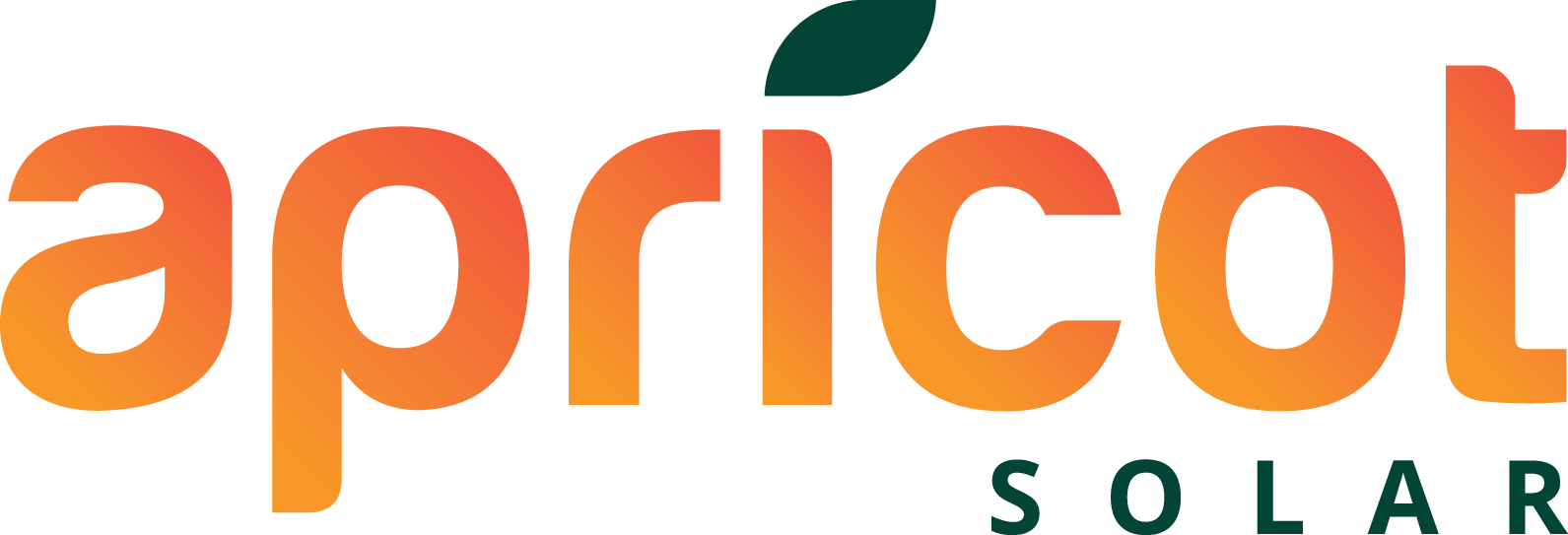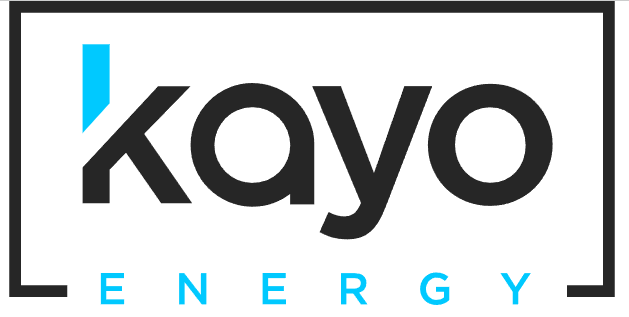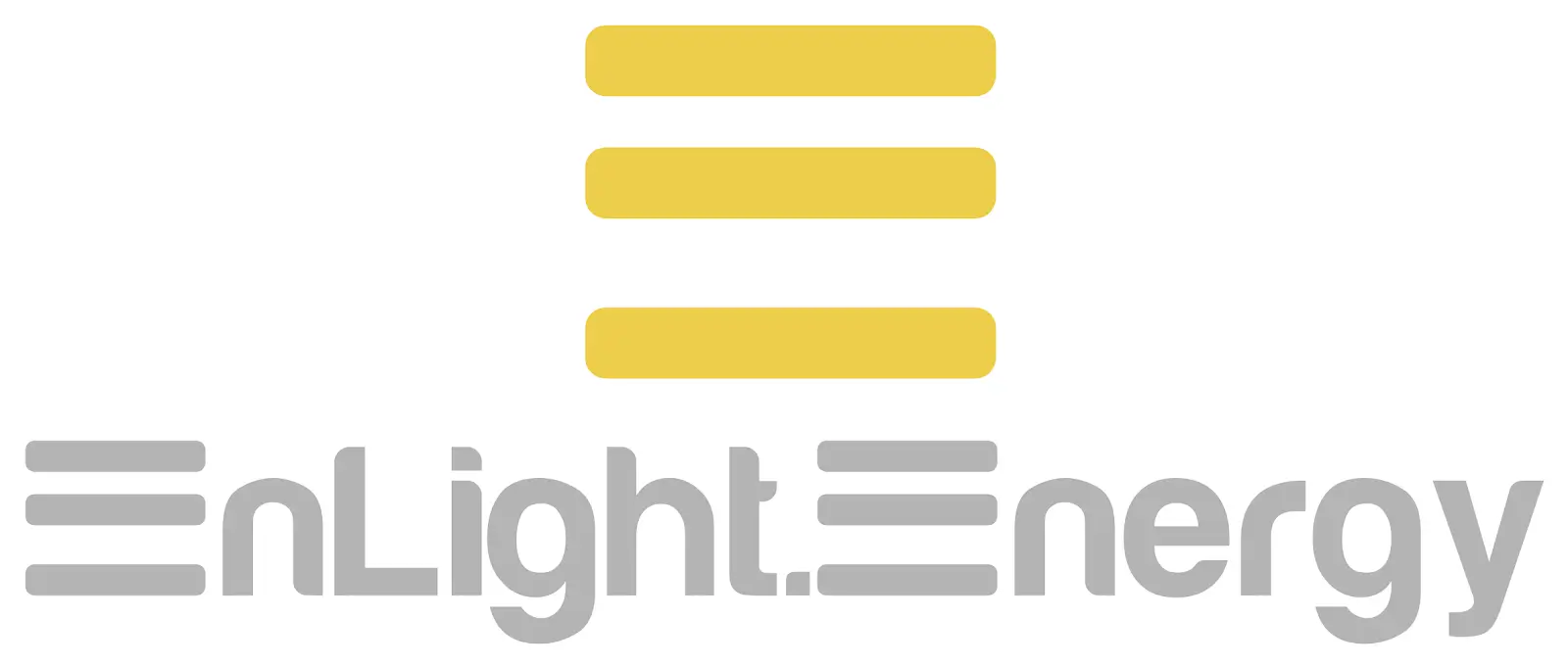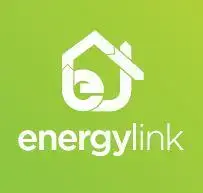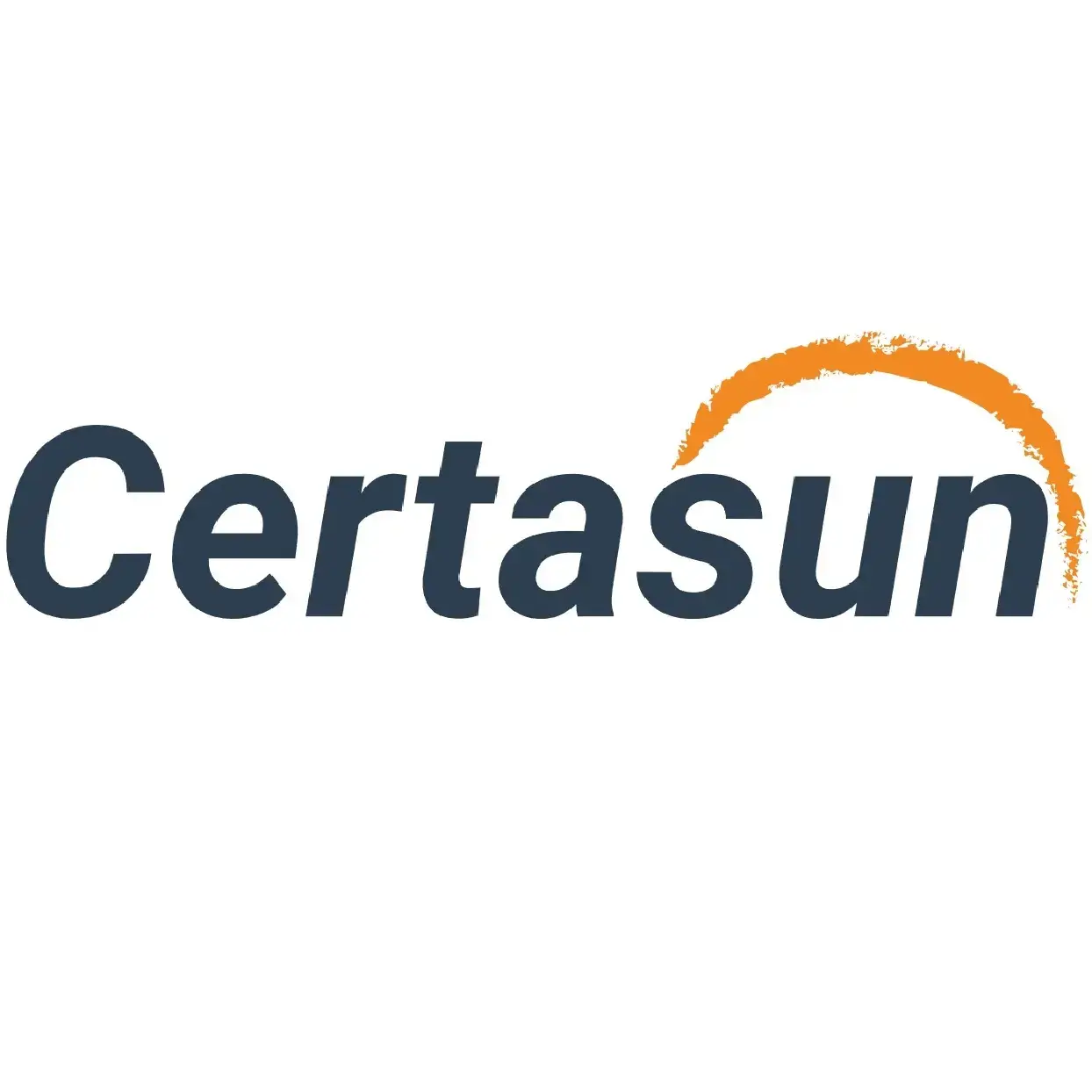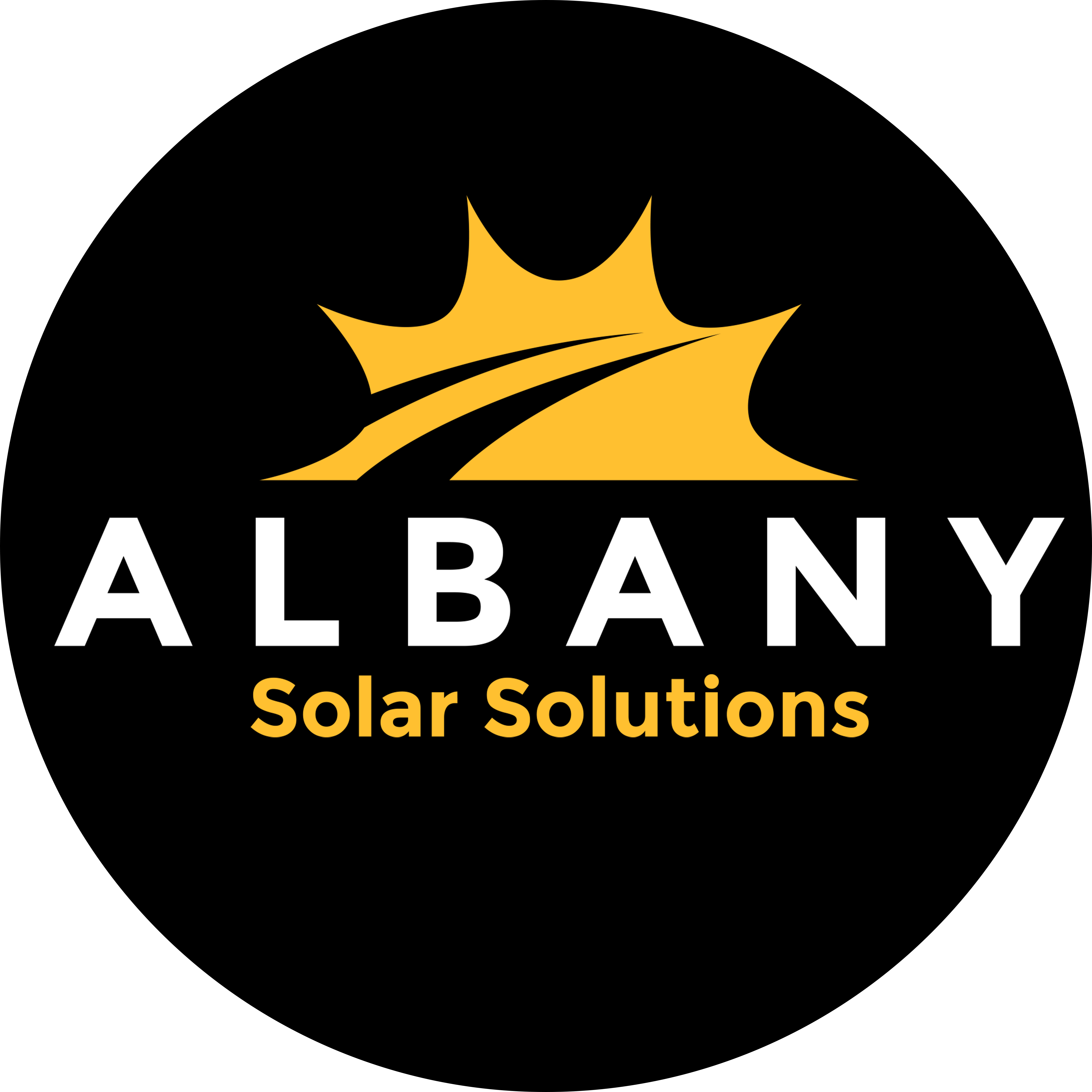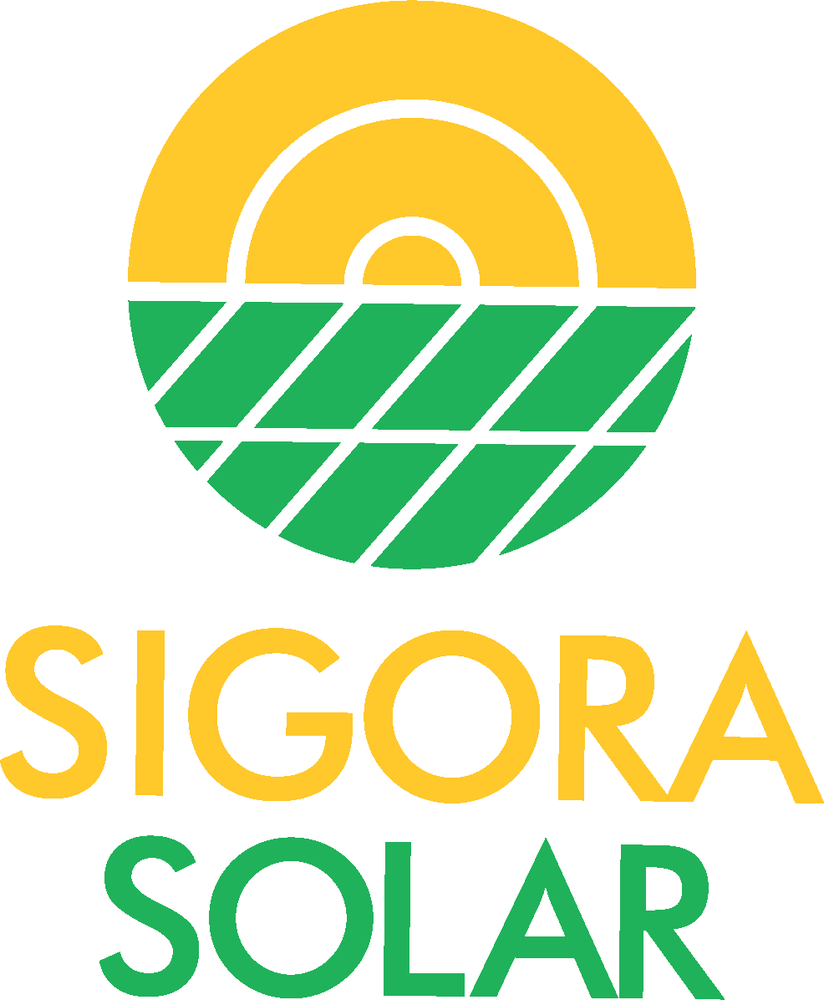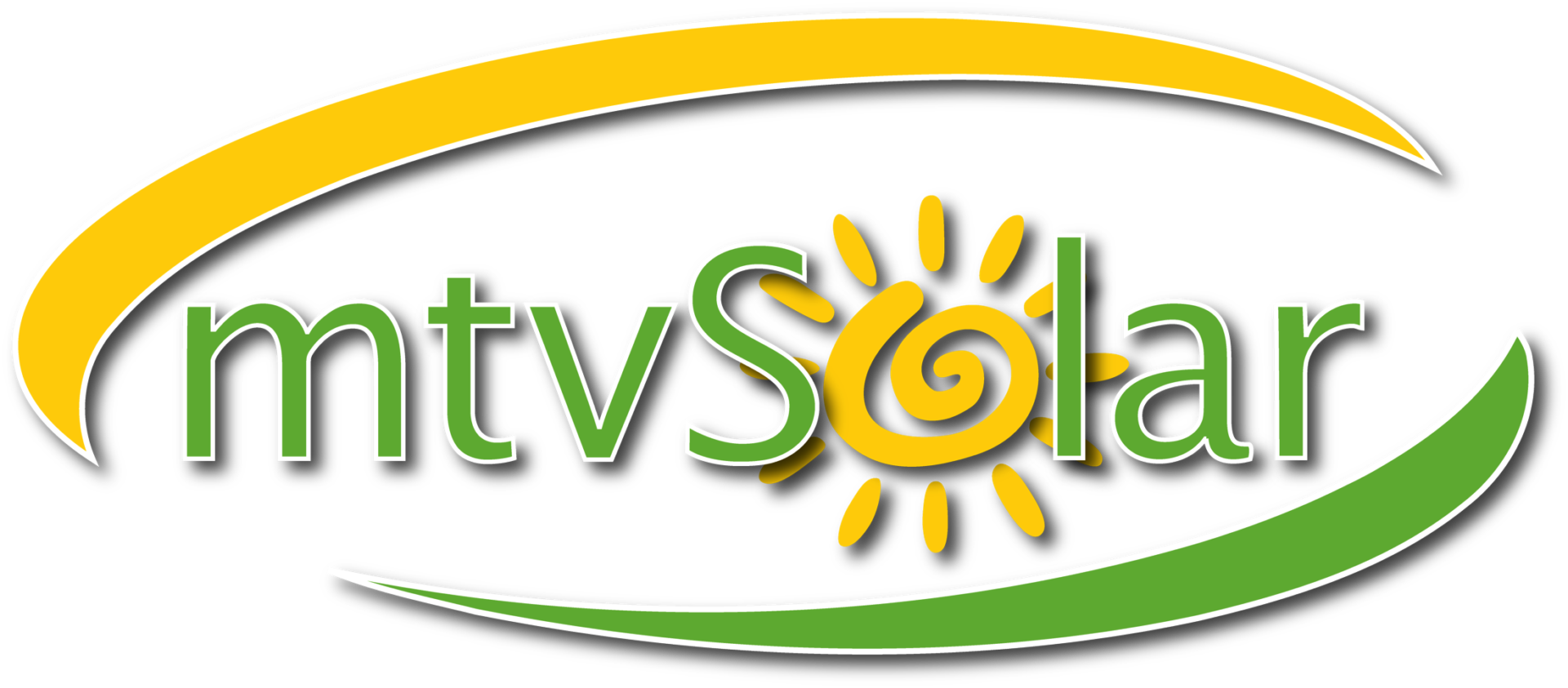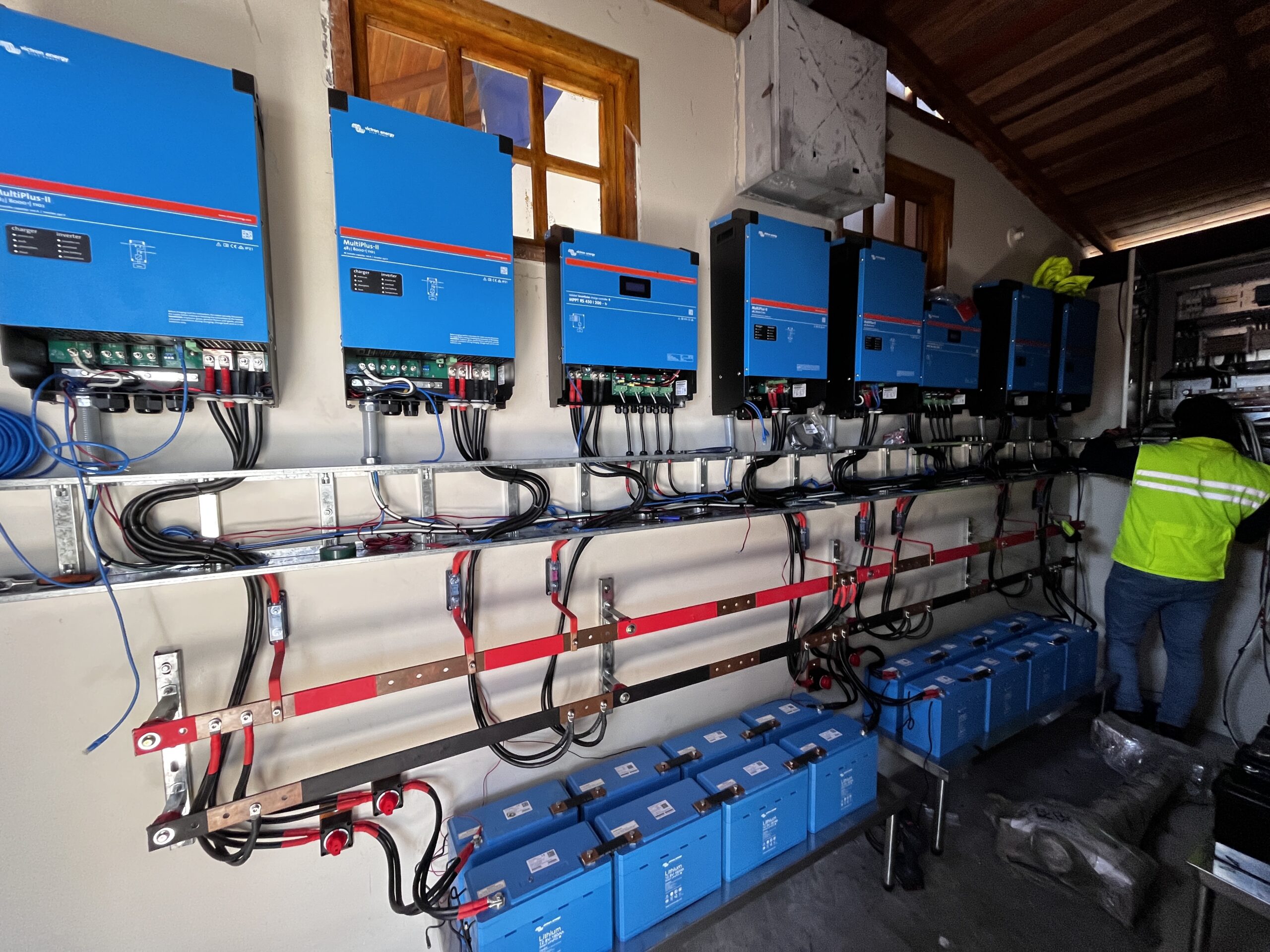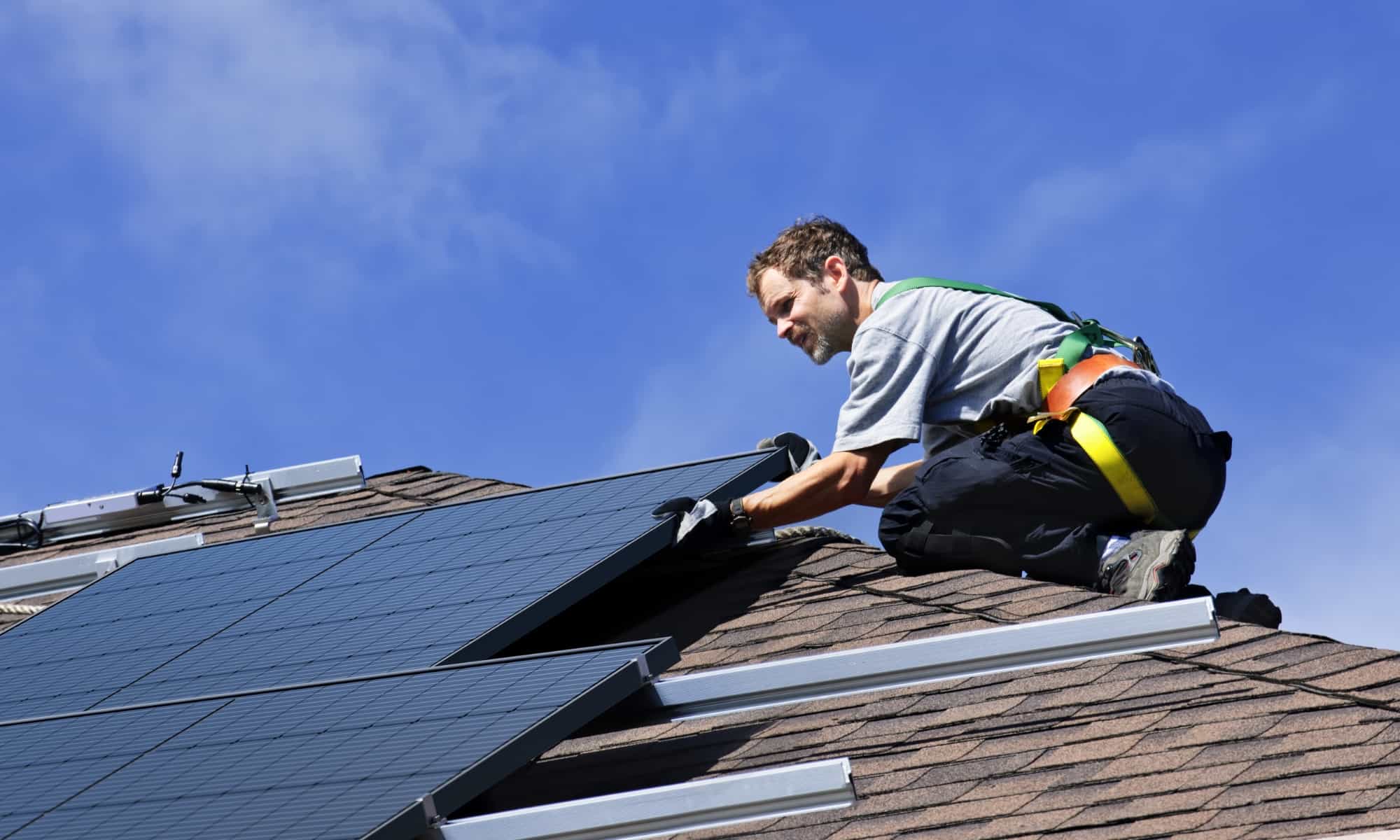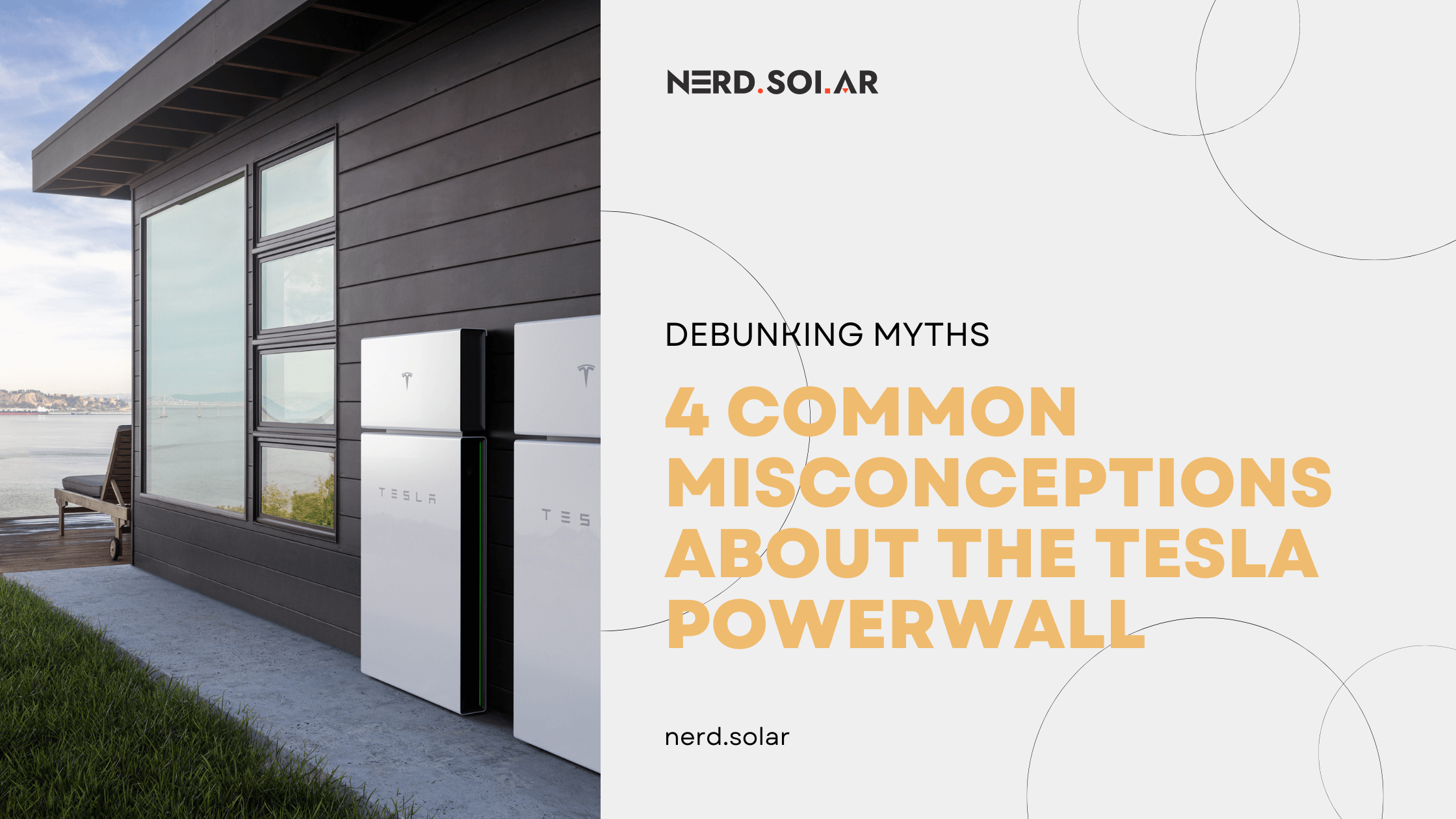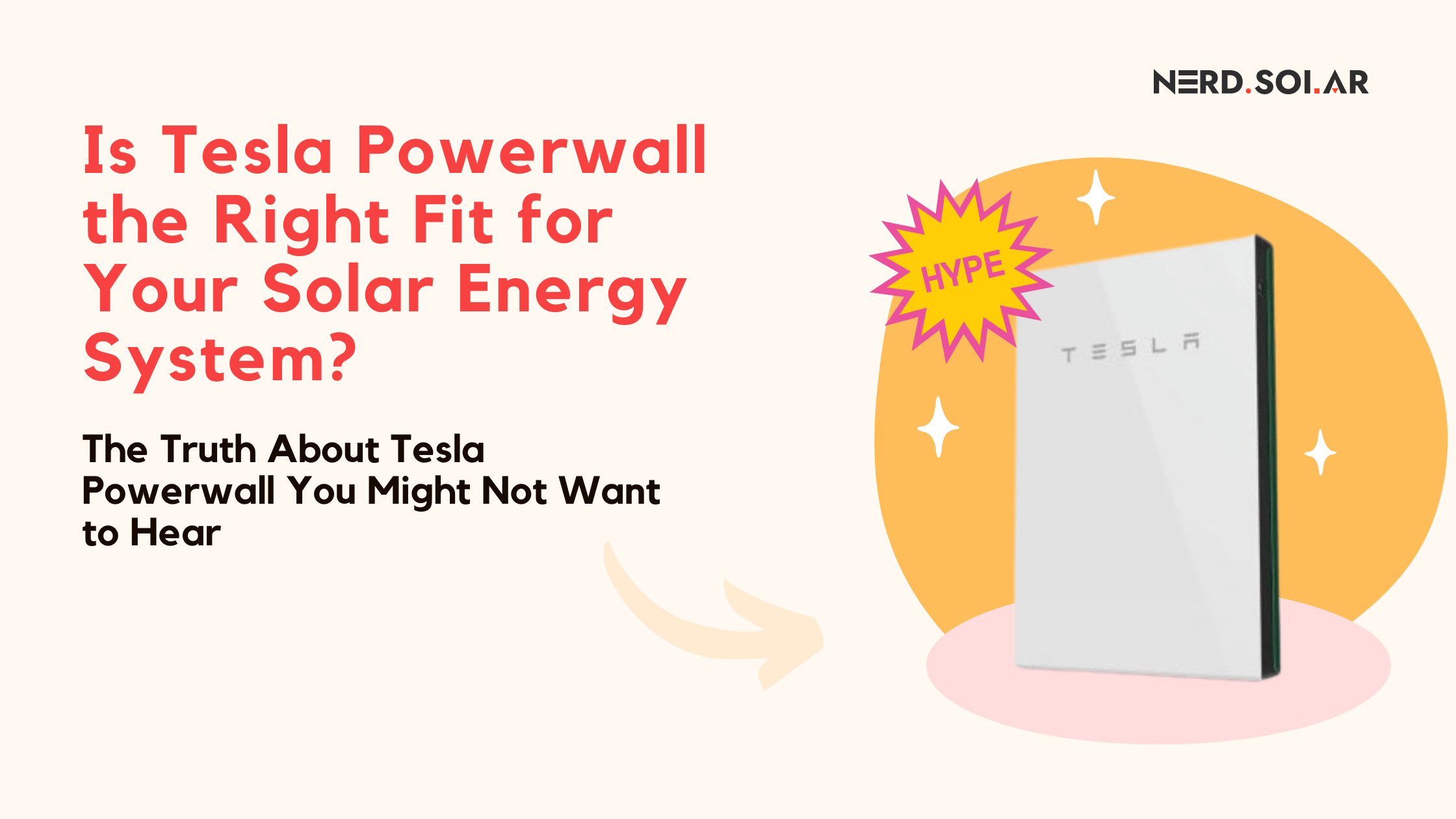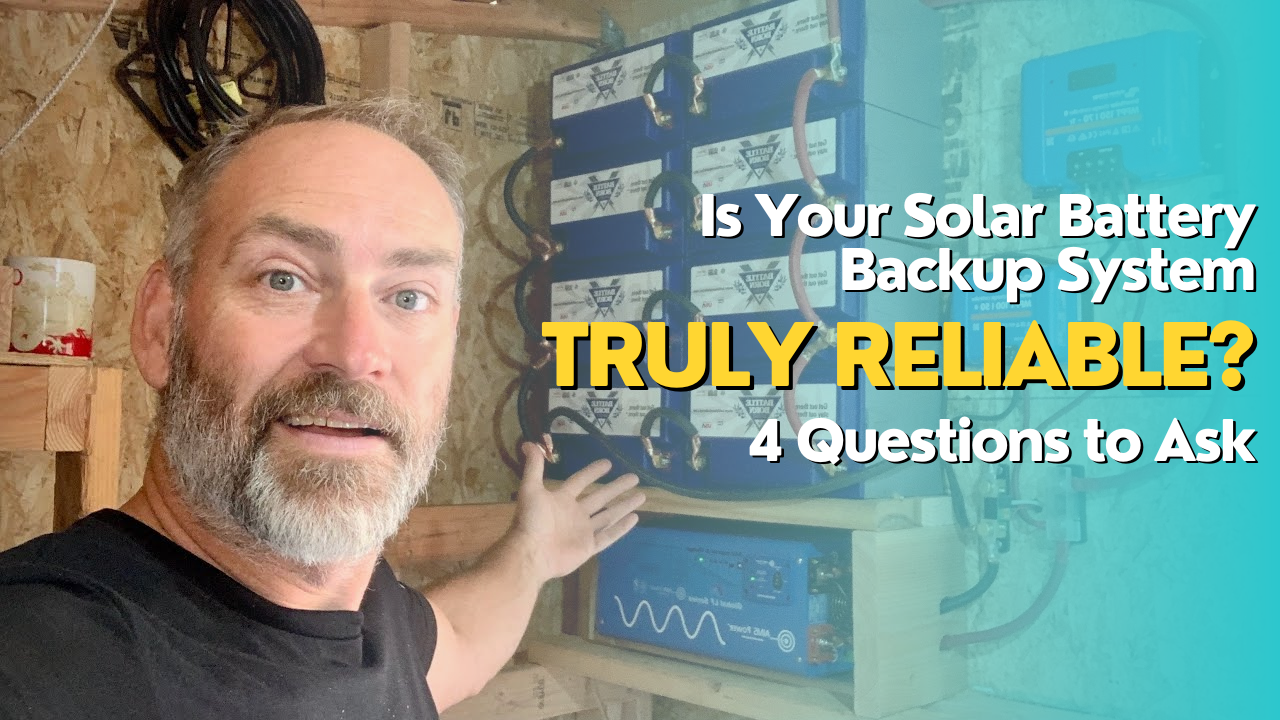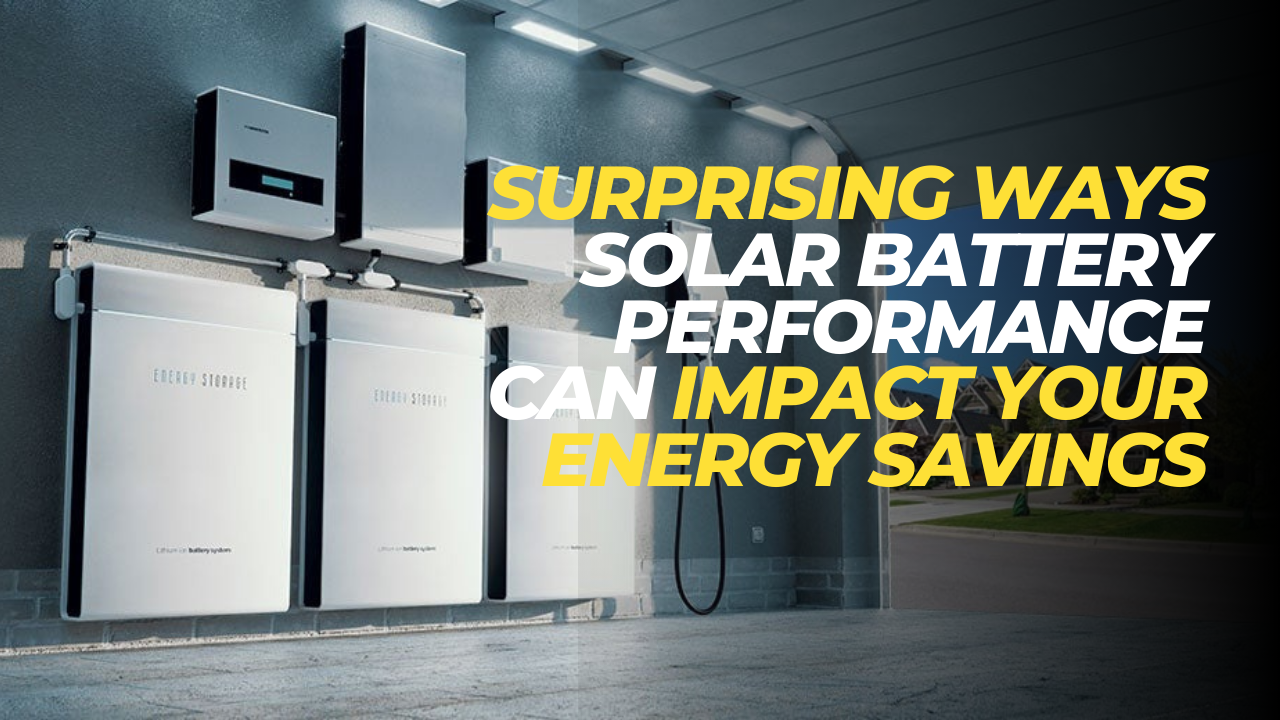How Do We Rate Solar Companies?
TL;DR: We rate solar installers from 1 to 5 stars to help you pick the best one. High stars mean they’re really good at what they do and treat their customers right. Low stars? Not so much. We give credit to companies that have been around for a while, know what they are doing, have a high standard of workmanship and equipment, don’t hire subcontractors to keep the bar of solar installation quality high and have good local reviews from real customers (yes, we check if the reviews are actually real or fake). Companies we choose as top-rated know and can help with federal and local solar incentives to help you save, have good financing plans, and guarantee their work. We’re here to point you to the solar companies that truly rock, making going solar easy and worthwhile for you.
Check our detailed review process here.
Is It Worth Going Solar in Illinois?
Yes, it can be worth going solar in Illinois. The state has been increasing its solar power capacity, with over 2,170,000 kilowatts of operating solar capacity installed as of February 2024.
Energy Savings: Solar panels can reduce energy bills by 15-40%, depending on the size of the system and the amount of sunlight received. The state of Illinois has more than 250+ sunny days per year, providing ample opportunity for solar energy generation. Moreover, Illinois has a statewide net metering policy, which means you can get bill credits for excess energy your system produces. This allows you to offset future electricity bills when the solar system is not producing enough electricity to meet the demand.
Financial Benefits: The financial benefits of going solar in Illinois are substantial. Homeowners who installed solar panels through the Illinois Solar for All program have saved an average of more than $1000 annually on electric bills. The state also offers a variety of solar incentives, including rebates, grants, tax credits, and performance-based incentives. These incentives can significantly reduce the upfront cost of installing a solar system, making it a more affordable option. For instance, you may qualify for the Solar Investment Tax Credit, which can reduce the cost of your system by up to 30%. Furthermore, solar power can increase property values.
Why Switch from Utility to Solar? The rising utility rates in Illinois serve as a compelling reason for homeowners to consider the switch to solar energy. With its financial, environmental, and property value benefits, solar power stands out as a smart choice for those looking to mitigate the impact of utility rate increases. Moreover, the transition to solar energy offers homeowners a way to lock in their energy rates, shielding them from future increases.
*However, the worthiness of going solar can depend on individual circumstances such as the location of your home, the amount of sunlight it receives, and your current electricity usage and costs.
How much does solar save homeowners in Illinois?
Solar Savings: The average homeowner in Illinois who installed solar panels through the Illinois Solar for All program has saved an average of more than $1000 annually on electric bills. However, individual savings can vary depending on factors such as the size of the solar system, the amount of sunlight your location receives, and your household’s energy consumption.
Payback Period: The payback period is the time it takes for the savings from your solar system to equal the cost of the system itself. In Illinois, the average payback period for a solar system is just over five years. This means that, on average, homeowners in Illinois can expect their solar systems to pay for themselves in a little over five years.
Comparison with Traditional Electric Bills: Before installing solar panels, most Illinois residents pay for electricity from the grid. The cost of this can vary depending on the rate set by the utility company and the amount of electricity used. After installing solar panels, homeowners can generate their own electricity, reducing or even eliminating their need to buy electricity from the grid. This can lead to substantial savings on electric bills.
Bills After Solar Installation: After installing solar panels, homeowners in Illinois will still receive an electric bill each month. However, the amount due on these bills will be much lower because the solar system can generate a significant portion of the electricity the home needs. In some cases, if the solar system generates more electricity than the home uses, the excess can be sold back to the grid, resulting in a credit on the homeowner’s electric bill.
What is the average cost of going solar in Illinois?
The average cost of installing a solar panel system in Illinois can vary depending on the size of the system. As of April 2024, here are some average costs:
- For a 5 kW system, the average cost is $15,649 before incentives. After applying the federal investment tax credit (ITC), which can reduce the cost by 30%, the price drops to around $10,955.
- For a 6 kW system, the average cost is $18,779 before incentives. After the ITC, the price drops to around $13,145.
- For a 10 kW system, the average cost is $31,299 before incentives. After the ITC, the price drops to around $21,909.
These costs include the price of the solar panels, inverter, racking system, and installation. It’s important to note that these are average costs and the actual cost can vary depending on various factors such as the specific equipment used, the installation company, and the specific location of the property.
*Also, these costs do not include any state-specific incentives or rebates that might be available in Illinois, which could further reduce the cost.
Illinois Solar Incentives
Illinois offers several incentives and rebates for homeowners who are considering installing solar panels. Here’s an overview:
Federal Incentives: The Federal Investment Tax Credit (ITC), also known as the Green Energy Tax Credit, provides a 30% tax credit to eligible individuals and businesses in Illinois who install solar energy systems. This credit allows taxpayers to deduct 30% of the cost of their solar installation from their federal taxes.
State Incentives:
- Illinois’ SREC incentive: the Adjustable Block Program: Under the Adjustable Block Program, also known as Illinois Shines, you can earn one solar renewable energy certificate (SREC) for each megawatt-hour (MWh) of electricity your solar system produces over 15 years. For the average residential system, this comes out to more than $10,000 in additional savings.
- Illinois Net Metering: Thanks to Illinois’ net metering policy, your utility will buy back any excess electricity your solar system produces. Net metering ensures that you benefit from the full value of your solar panels.
- ComEd Commercial Solar Rebates: ComEd, one of IL’s largest utility companies, provides rebates for commercial and industrial (C&I) customers to help decrease the out-of-pocket costs of installing solar.
- Property Tax Breaks: The Special Assessment for Solar Energy Systems means that you will be taxed as if the panels were not even there.
These incentives can significantly reduce the upfront cost of installing a solar system, making it a more affordable option. Please consult with a local solar installation company for a detailed quote based on your specific circumstances.
*These incentives make solar energy a more affordable and attractive option for homeowners in Illinois. However, it’s important to note that most incentive programs are only authorized for a certain period of time or until funding runs out.
Net Metering Policies in IL
Net metering is a billing mechanism that credits solar energy system owners for the electricity they add to the grid. In Illinois, net metering is available to any retail customer that owns or operates a solar, wind, or other eligible renewable energy generating facility with a rated capacity of not more than 2,000 kilowatts2.
Here’s how you can benefit from net metering in Illinois:
- Lower Utility Bills: Net metering can significantly lower your utility bills. When your solar system generates more electricity than you use, the excess is sent back to the grid. Your utility company will then credit you for this excess electricity, reducing your future electricity bills.
- Increased Stability in Expenses: By generating your own electricity, you can shield yourself from future utility rate increases, providing more stability in your monthly expenses.
- No Need for Backup Storage: With net metering, you’re still connected to the electric grid, so there’s no need for expensive backup storage systems. When your solar system isn’t producing enough electricity (like at night), you can draw power from the grid.
- Reducing Transmission and Distribution Costs: Net metered systems provide electricity generation at or near the point of consumption, which can reduce transmission and distribution costs as well as line losses.
- Offsetting Expensive Power Generation: Net metered systems can also offset expensive power generation by producing electricity during periods of high demand when power is most costly.
In a given month, if you produce more electricity than you use, those excess net metering credits will rollover to the next month and can help offset future electricity usage. Any remaining credits will expire once per year, either in April or October, depending on which option you select.
Are There Any Community Solar Programs in Illinois?
Yes, there are several community solar programs available in Illinois. Community solar allows eligible participants, also called subscribers, to benefit from solar energy without installing panels on their own properties1. Here are some of the programs:
- Illinois Solar for All (ISFA): This program provides access to the benefits of solar energy to income-eligible households, as well as qualified non-profits and public facilities. The incentives that Approved Vendors receive come from selling Renewable Energy Credits (RECs), which enables the Approved Vendor to pass along savings to the program participant.
- Illinois Shines: This program provides financial incentives for community solar projects.
To take advantage of these programs, you can follow these steps:
- Check if you’re income-eligible for the Community Solar program.
- Look for a Community Solar subscription in your utility territory1.
- Contact the Approved Vendor.
- Enter your zip code to see a list of open community solar projects near you.
- Click on “Project Details” to learn more about individual projects.
- When you’re ready to select a project, click “Get Started”.
- Fill out the necessary subscription information, including your name, address, and utility account number.
- Finalize your subscription with your developer.
After the project has launched, you’ll receive a separate bill for your community energy credits. Please note that the specifics of these programs can vary, so it’s important to check the current policies in your area.
*To take advantage of these programs, you can reach out to the respective organizations or visit their websites for more information. You can also contact a local solar installer who can guide you through the process and help you understand which programs you might be eligible for.
